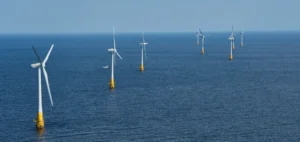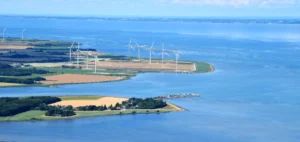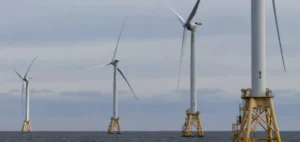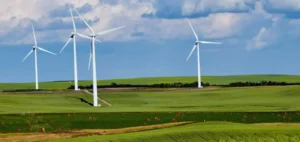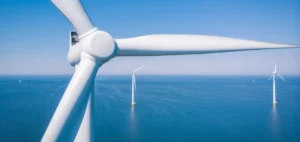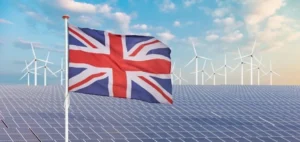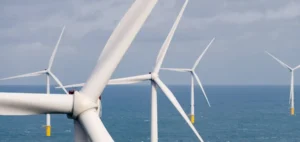Freja Offshore, a 50/50 joint venture between Mainstream Renewable Power and Hexicon, has applied for a construction permit for the Mareld floating wind farm, located more than 40 km off the west coast of Orust, Sweden.
Floating offshore wind turbines: a response to pollution concerns
The wind farm has the potential to produce 9 to 12 TeraWatt-hours of electricity per year, with a capacity of up to 2.5 GW, which could supply more than half of the total electricity consumption of the Västra Götaland region.
The application for a construction permit for the Mareld floating wind farm was made under the Swedish Economic Zone Act (SEZ) and the Continental Shelf Act. Freja Offshore’s shareholders have extensive experience with offshore projects, which makes them confident that the benefits of floating offshore wind will be realized. This combined with their industrial heritage, could allow them to obtain their building permit.
According to Magnus Hallman, CEO of Freja Offshore, floating wind has unique characteristics because it can be located far offshore, addressing concerns about visual and noise pollution while benefiting from higher wind speeds. Electricity demand in Västra Götaland is expected to double by 2030 compared to current consumption, and triple by 2055, with plans to generate the necessary electricity from new wind and solar energy sources.
Swedish Ministry of Climate and Business Affairs to review Freja Offshore’s application
Sebastian Bringsværd, head of Norway and Sweden at Mainstream, said the location of Mareld and the three other sites the company is developing is attractive because of their proximity to Sweden’s major cities and industrial hubs that require large amounts of energy. Sweden has set ambitious targets to produce 100% renewable energy by 2040 and to generate 120 TWh per year from offshore wind. Freja Offshore aims to develop offshore wind power at four sites in Sweden, which could potentially provide renewable electricity to more than six million Swedish homes.
The Swedish Ministry of Climate and Business will review Freja Offshore’s application and gather input from several agencies in a consultation before making a decision. The joint venture’s accumulated experience with projects in the North Sea and around the world demonstrates their commitment to a sustainable energy transition with power generation from third generation floating wind beyond the horizon.



